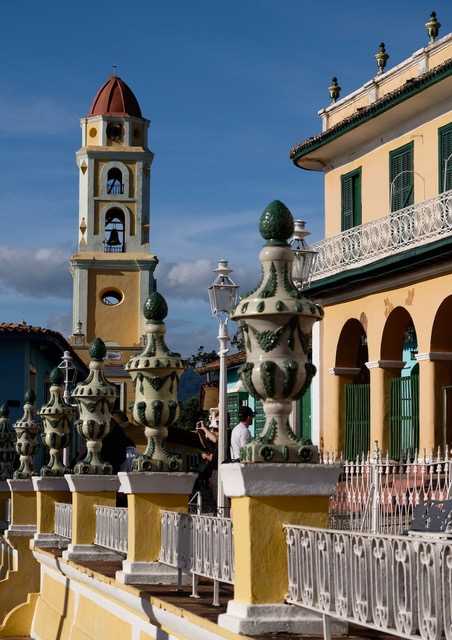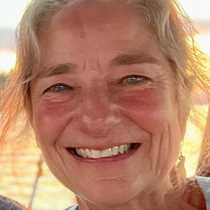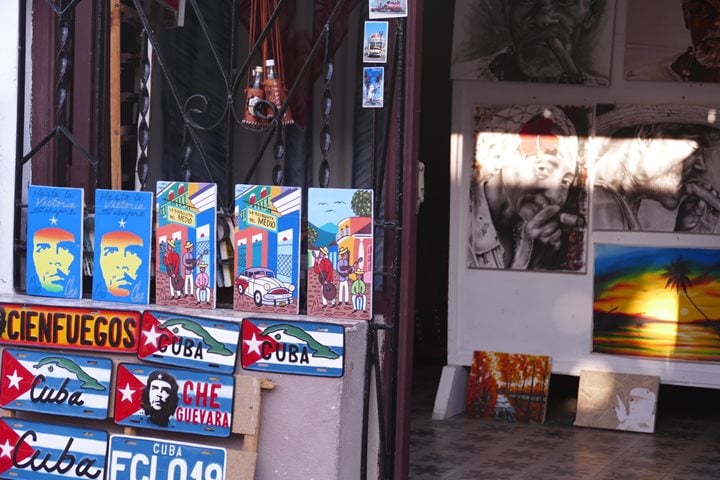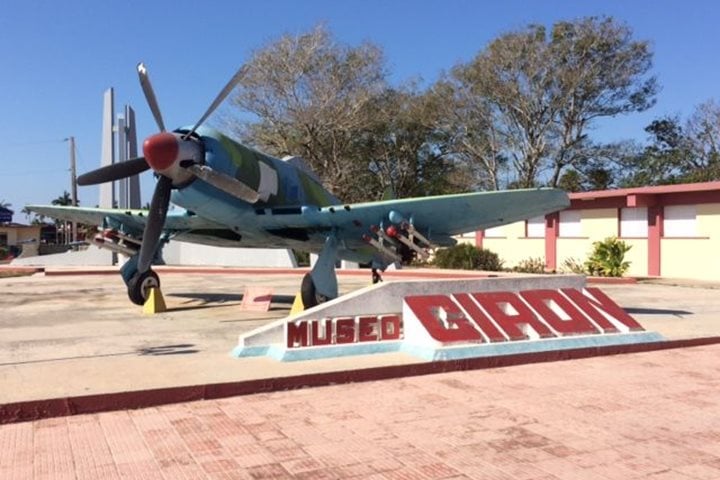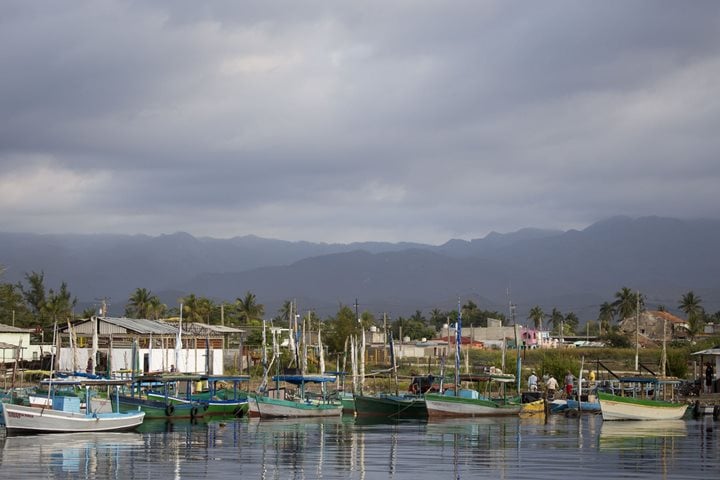Today we spent time exploring the beautiful colonial city of Trinidad, and we ventured into the surrounding countryside. It was founded in 1514 by Spaniards, and then sugar cane plantations and mills were built, the town’s wealth grew, and by 1827 Trinidad had become the top producer of sugar in the world. Near the town square, the homes of the wealthiest sugar barons still stand, and the streets are lined with pastel, one-story buildings. Horse-drawn carts ply the cobblestone streets, which are lined by dwellings, restaurants, shops, and galleries with enormous windows protected by elegant ironwork. The core of the town is protected as a UNESCO World Heritage Site, and it is very much alive. We met with a local artist who creates bas relief portraits in recycled wood; they are stunningly detailed and realistic. Some of us visited the home of a practioner of Santeria, a religion with origins in Africa. We then went to the Valley of the Sugar Mills, where we visited a prominent plantation house, and had a demonstration of sugar cane processing.
Another option for today was to have a shorter town visit, and instead spend most of the day in the Escambray Mountains. We traveled by motor coach into the hills to a lookout at Topes de Collante, where we had stunning views over green mountains to the Caribbean. Then the real adventure began - we boarded a rugged, old Soviet truck and drove 7 km on a steep, rough and muddy road to reach the Codina section of the park. The 6-wheel drive served us well, and we got up very close views of the plant life, as it brushed the sides of the open truck. The plant life covering the steep hills is incredibly diverse – cacti, tall pines, flowers, epiphytes, vines, and some bananas, and coffee . . . it was incredibly lush! We reached the Codina section of the park, and as our local guide led us on a mile-long walk, he explained the medicinal uses of many of the plants we encountered. We spotted endemic Cuban trogons, giant kingbirds and Cuban pewees, and we even explored a cave! We finished our visit to the park with a lunch of pig prepared in the traditional manner – roasted on a spit over an open fire.
When we returned to the ship, lines were cast off, and a pilot navigated Harmony V through shallow waters as we left the bay. We will be underway through tomorrow as we head west towards Isla de la Juventud.

